The Lockheed P80 Shooting Star was the first American jetpowered

The Lockheed P-80 Shooting Star, also known as the F-80, was the first jet fighter used operationally by the US Army Air Forces (USAAF). While German jet aircraft, such as the Messerschmitt Me 262, often steal the limelight when discussing World War II-era aviation technology, the P-80 played a significant role in the conflict and helped shape the future of jet aviation.
1945 lockheed P80 Shooting Star aircrafts fighter jet Military usair

The Lockheed T-33 Shooting Star was designed by Clarence Kelly Johnson and manufactured by Lockheed as an American subsonic trainer aircraft during the late 1940s. Based on the Lockheed P-80 /F-80 jet fighter, the T-33 Shooting Star first flew in March 1948 and was retired in July 2017. It was produced from 1948 to 1959 with a total number of.
Lockheed F80 Shooting Star Lockheed, Jet aircraft, Fighter jets

The TV-2 is a two-seat version of the P-80 Shooting Star, the U.S. Air Force's first operational jet fighter. In 1946, the Navy conducted carrier trials in the P-80 on board the carrier Franklin D. Roosevelt (CVB-42) with World War II fighter ace Major Marion Carl, USMC, flying the aircraft.The Navy procured 699 TV-2s, which trained the first generation of jet pilots and also supported missile.
Amazing facts about the Lockheed T33 Shooting Star; The trainer

SPECIFICATIONS Status: Static Dispaly Manufacturer: Lockheed Aircraft Corporation Year: 1945 Model: P-80A Shooting Star Registration Number: Serial Number: Crew: 1 Max T/O Weight: 14,000 lb. Span: 38 ft. 10 in. Length: 34 ft. 6 in. Height: 11 ft. 4 in. Maximum Speed: 558 mph Cruise Speed: 510 mph Rate of Climb: 4,580 ft/min
Survey of Lockheed Aircraft Patents
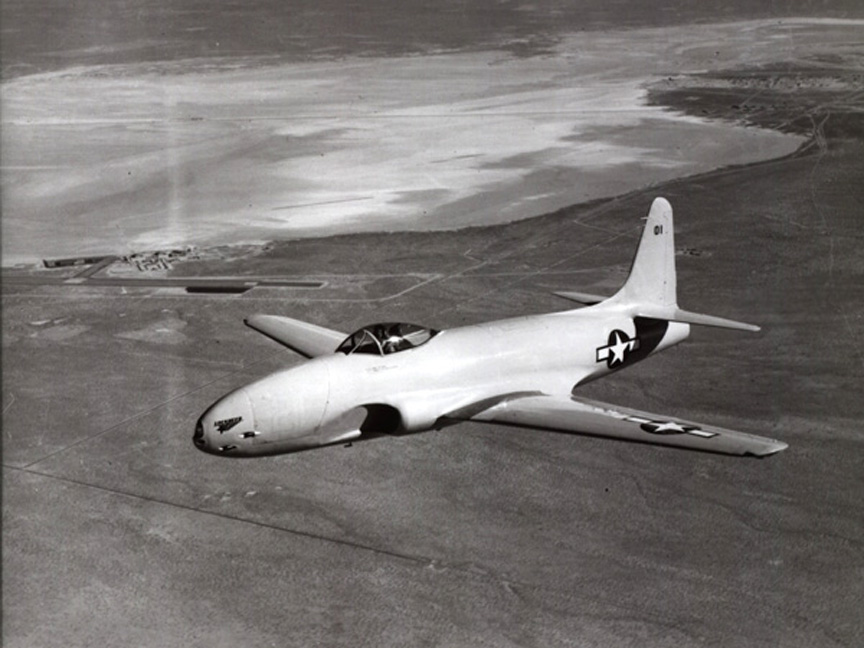
The Lockheed P-80 Shooting Star was a straight-winged jet fighter developed and produced by the American company Lockheed. Introduced in 1945, it was the first jet fighter operated by the United States Army Air Forces.
Lockheed T33 Shooting Star Us military aircraft, Military aircraft

The Shooting Star's engine was mounted within the fuselage directly behind the cockpit. Lockheed designed the P-80 to be extremely maneuverable. Even at high speeds, the hydraulic aileron boost and balanced empennage controls allowed the aircraft to be limited only by the pilot's ability to handle the forces from tight turns and pull-outs.
USAF T33 Shooting Star Trainer Aircraft DefenceTalk Forum
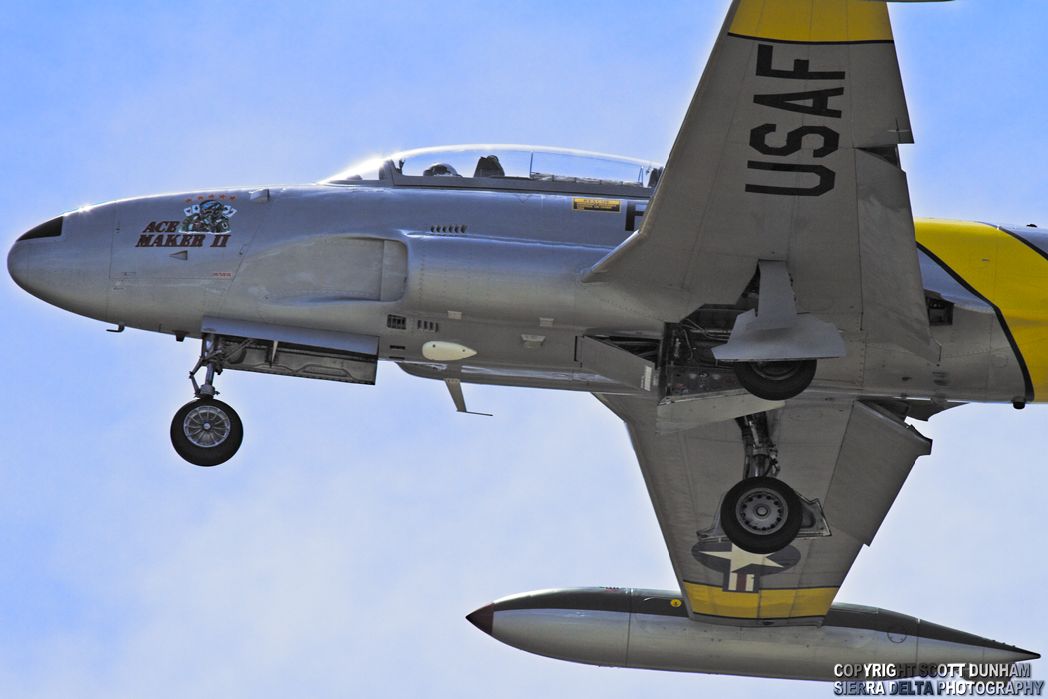
The Lockheed P-80 Shooting Star was the first jet fighter used operationally by the United States Army Air Forces (USAAF) during World War II. [1]
1945 lockheed P80 Shooting Star aircrafts fighter jet Military usair

The Lockheed P-80 Shooting Star wins on all counts. While not the first U.S. jet fighter, it was developed in record time, becoming the first U.S. aircraft to exceed 500 mph in level flight, ultimately serving in various forms in the active U.S. military for over five decades.
Amazing facts about the Lockheed T33 Shooting Star; The trainer
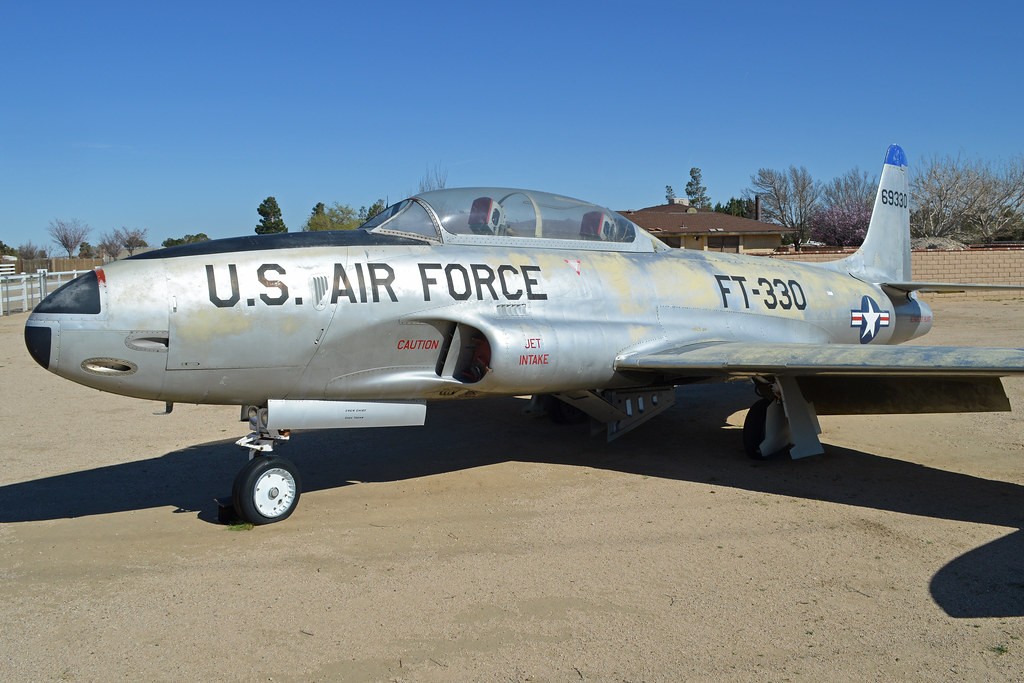
Both would be covered by a distinctive, single-piece, seven-foot-long clamshell canopy. The result was the Lockheed T-33A Shooting Star, a dedicated trainer that first flew on March 22, 1948, and became affectionately known as the T-Bird. Although only 1,718 of the fighters were built, Lockheed produced 5,691 T-Birds between 1948 and 1959.
Amazing facts about Lockheed P80 Shooting Star Crew Daily

The P-80 shooting star had a maximum speed of 594 MPH and a standard range of 1,200 nautical miles. The aircraft could also fly up to a service ceiling of 46,800 feet with a rapid 6,870 feet climb rate, casually securing a spot among the best Lockheed fighter jets and best in the world during its time.
Project Extraversion P80 Shooting Stars in World War II Defense

The Lockheed P-80 Shooting Star was the first jet fighter used operationally by the United States Army Air Forces during World War II. Designed and built by Lockheed in 1943 and delivered just 143 days from the start of design, production models were flying, and two pre-production models did see very limited service in Italy just before the end of World War II.
Lockheed P80 (F80) Shooting Star Specifications Technical Data
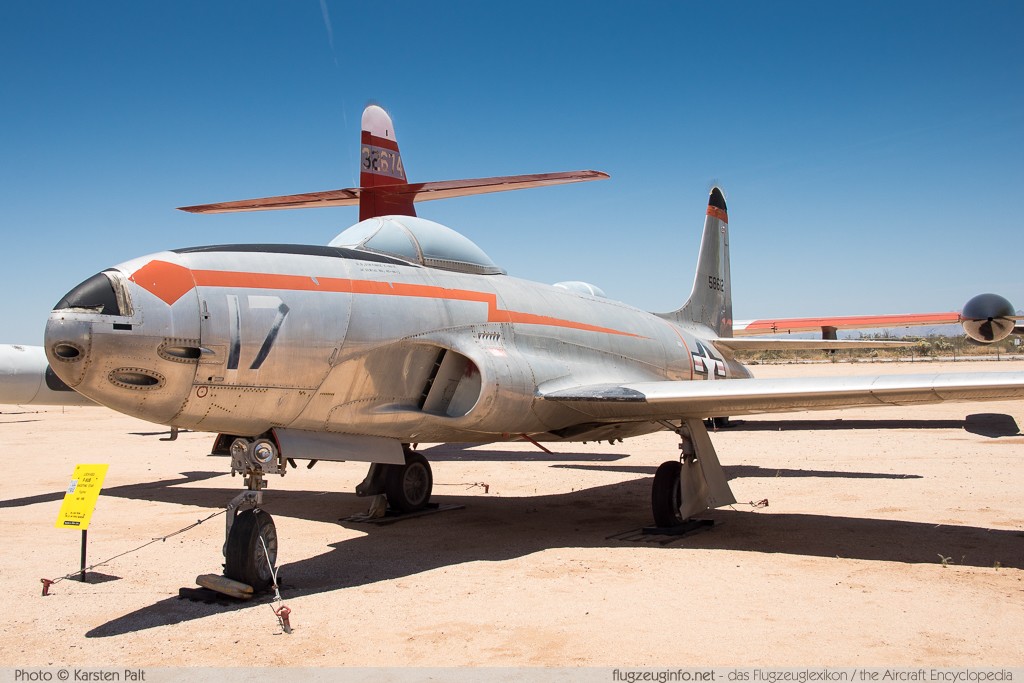
The T-33 was developed from the highly successful P-80 Shooting Star, Lockheed's first jet fighter and the first U.S. military jet to reach operational status. The T-33 first flew in 1948. The T-33 had a single Allison J-33 engine of 5,400 lbs. thrust, and could reach 525 miles per hour. Close-up photo of T-33 Shooting Star nose compartment.
Matt's World O' Wonders MidAir Crash Over Midland, 1956

Even if non-fatal crashes were still too common. In the first six months of the war, P-80's claimed 75% of enemy aircraft kills. Early in the conflict, a P-80 Shooting Star flown by Lt. Russell Brown shot down a North Korean MiG-15—the cutting edge of jet fighter technology at the time—during the first jet-versus-jet air battle in history.
Lockheed T33 Shooting Star Jet Aircraft, Fighter Aircraft, Military

A Lockheed F-80C Shooting Star overflies a North Korean T-34 tank during a ground-attack mission, in a Keith Ferris painting. Although credited with the U.S. Air Force's first air-to-air jet victories, the F-80 was soon relegated to ground support. (Keith Ferris) Shooting Star: How Lockheed's P-80 Paved the Way for Future American Fighters
Amazing facts about the Lockheed T33 Shooting Star; The trainer

The most widely used jet trainer in the world is the Lockheed T-33 Shooting Star. Essentially a two-seat version of the USAF F-80, America's first operation jet fighter, the T-33 continues in use today. After introduction of the P-80 Shooting Star, Lockheed undertook a private venture to develop the T-33 trainer.
Military Information House Lockheed P80 Shooting Star
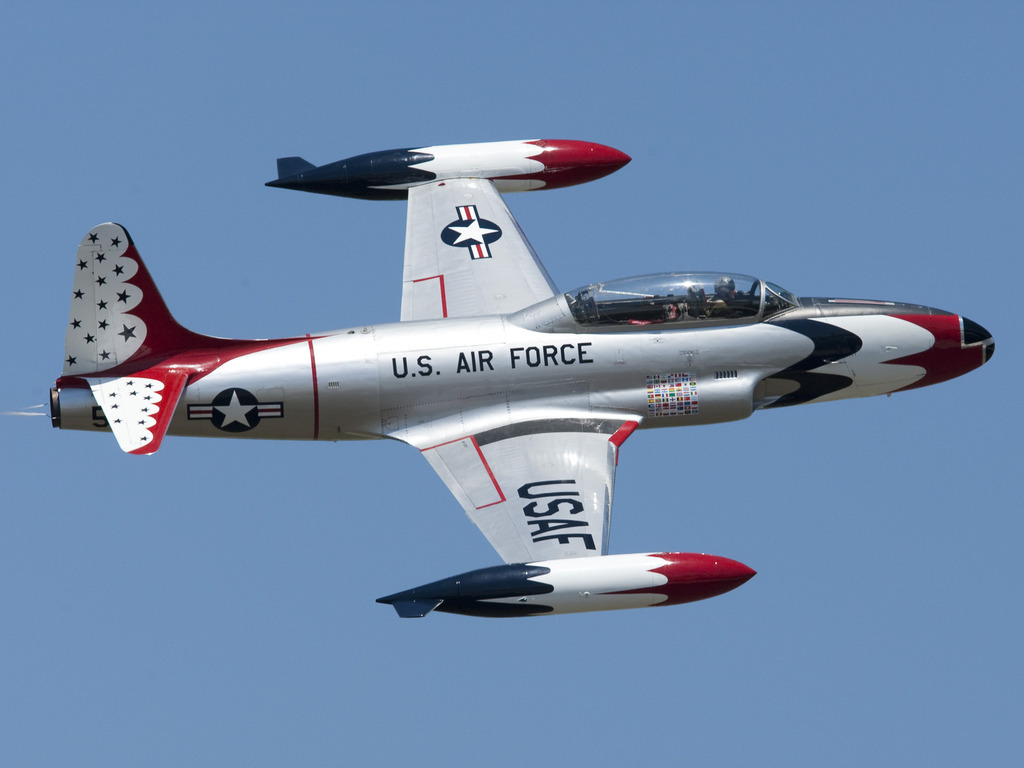
The Lockheed T-33A "Shooting Star," based on the design of the P-80 "Shooting Star," began training pilots as they transitioned from propeller-driven to jet aircraft at the end of World War II. Lockheed modified the design of a P-80C from one seat to two and added room for the trainer by slightly lengthening the fuselage.